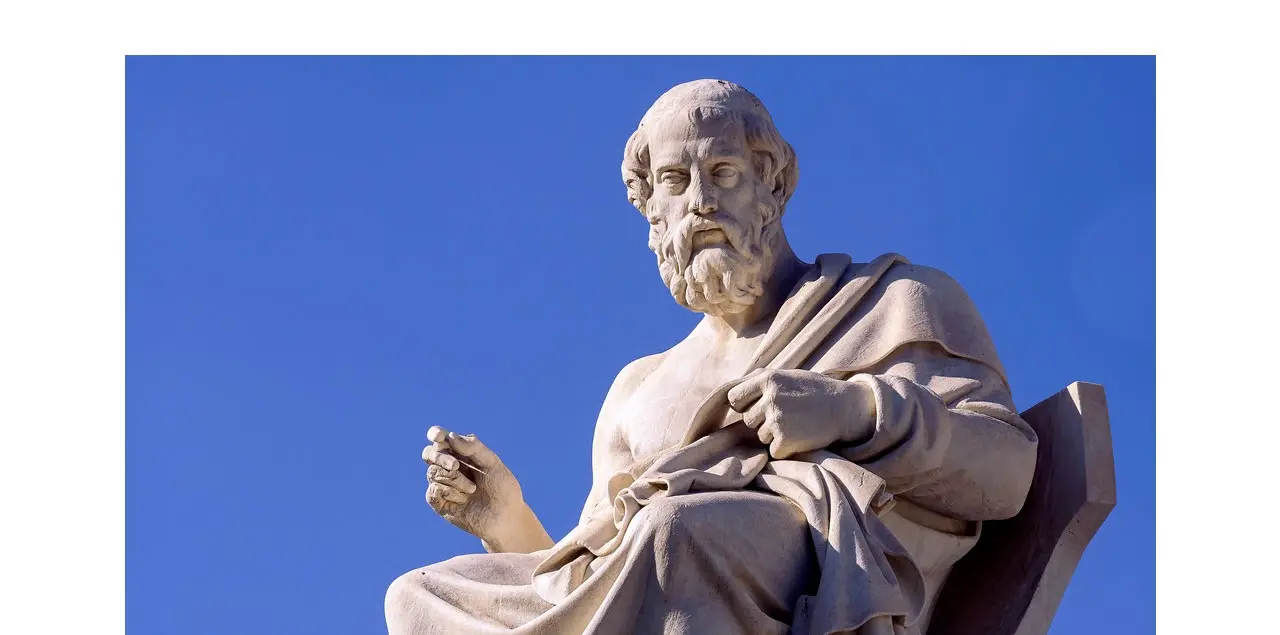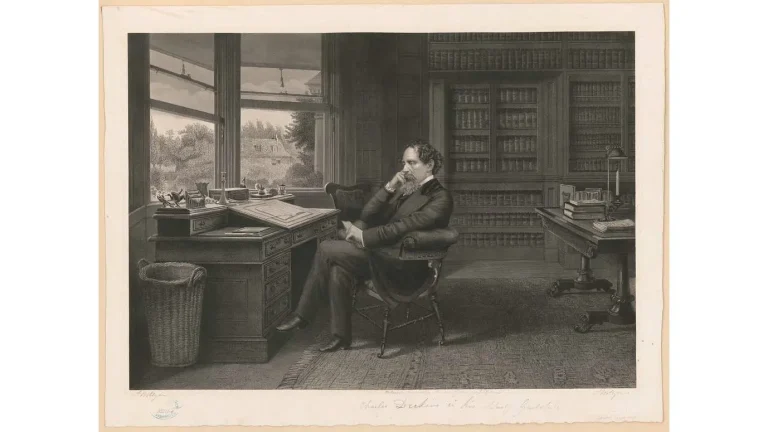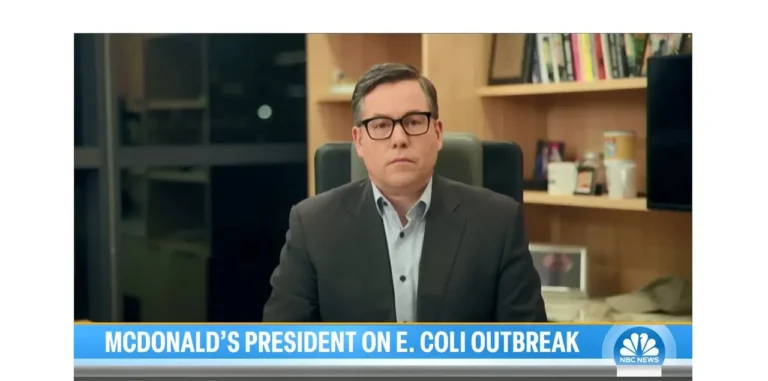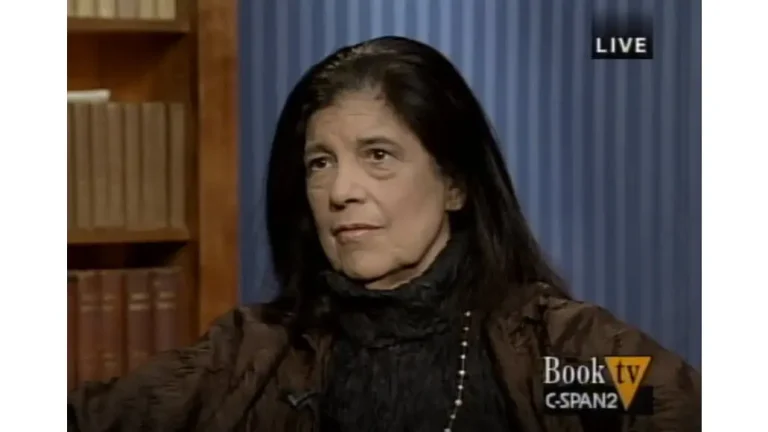3 Tips on Starting Your Stories to Captivate Readers
Lessons on ledes and opening anecdotes from the 2024 Gerald Loeb Awards
The importance of how you start is nothing new.
In the 4th Century B.C.E., Plato wrote, “The beginning is the most important part of any work.”
That insight was on display last month with the announcement of the winners of the 2024 Gerald Loeb Awards for business journalism. The 11 winners remind us how to persuade any audience to move from the headline to the first sentence, then to the second sentence and the rest of the story.
These examples aren’t valuable just to journalists. Public relations and internal communications professionals would be more effective if they employed the writing lessons these stories reveal. It’s the essence of what we call brand journalism.
The awards are administered by the UCLA Anderson School of Management, which has created a public gallery of the winning entries. Each of the entries demonstrate outstanding writing and reporting, making them worthwhile reading for anyone who cares about business communication.
We’ve selected three entries as examples of ways to start stories: first sentences, which reporters often call ledes, and opening anecdotes. To give you the full flavor, we’ve included the headlines and the first few paragraphs:
Unexpected twist
The Washington Post won in the Feature category for “American Icon,” a seven-part series on how a weapon used by soldiers in the Viet Nam War became a best-selling rifle and a flashpoint in the debate over gun-owners’ rights. Consider how the team began the installment on the marketing of what was originally known as the Armalite Rifle Model 15.
The Gun that Divides a Nation
The AR-15 thrives in times of tension and tragedy. This is how it came to dominate the marketplace – and loom so large in the American psyche
The Washington Post
March 27, 2023
The AR-15 wasn’t supposed to be a bestseller.
The rugged, powerful weapon was originally designed as a soldiers’ rifle in the late 1950s. “An outstanding weapon with phenomenal lethality,” an internal Pentagon report raved. It soon became standard issue for U.S. troops in the Vietnam War, where the weapon earned a new name: the M16.
But few gunmakers saw a semiautomatic version of the rifle — with its shrouded barrel, pistol grip and jutting ammunition magazine — as a product for ordinary people. It didn’t seem suited for hunting. It seemed like overkill for home defense. Gun executives doubted many buyers would want to spend their money on one.
The industry’s biggest trade shows banished the AR-15 to the back. The National Rifle Association and other industry allies were focused on promoting traditional rifles and handguns. Most gun owners also shunned the AR-15, dismissing it as a “black rifle” that broke from the typical wood-stocked long guns that were popular at the time.
“We’d have NRA members walk by our booth and give us the finger,” said Randy Luth, the founder of gunmaker DPMS, one of the earliest companies to market AR-15s.
Today, the AR-15 is the best-selling rifle in the United States, industry figures indicate. About 1 in 20 U.S. adults — or roughly 16 million people — own at least one AR-15, according to polling data from The Washington Post and Ipsos.
Why it works
The 7,100-word piece begins with an eight-word, ironic sentence. Without stating a question, the first sentence asks one: How did the AR-15 become the top-selling rifle in the U.S?
Questions, like the preceding sentence, usually are poor ways to start most stories. They are not as intriguing as you might think and seldom capture the essence of a story.
Ironically, sentences that raise a question in the reader’s mind do spark interest. That’s what this first sentence does.
The first six paragraphs summarize the story, taking us from the invention of the gun to its current popularity, playing upon the early skepticism, which reinforces the unstated question of the first sentence. A snappy quote demonstrates how unpopular the gun was. Then the stats help explain why we should care.
Why we care
The Financial Times won in the Breaking News category for a series of reports about the collapse of banking giant Credit Suisse. The newspaper’s entry starts with the huge scoop on March 17, 2024, based on confidential sources, that UBS was negotiating with regulators to rescue its stricken rival, spelling the end of a financial institution founded in 1856.
Let’s jump ahead two days, when the massive transaction was announced. Here’s what the Financial Times reported:
UBS agrees $3.25bn rescue deal for rival Credit Suisse
Regulators engineer takeover of stricken bank by larger Swiss competitor after frantic weekend
Financial Times
March 19, 2023
UBS agreed to buy Credit Suisse for $3.25bn after a frantic weekend of negotiations brokered by Swiss regulators to safeguard the country’s banking system and attempt to prevent a crisis spreading across global markets.
The historic deal follows five days in which the Swiss establishment raced to end a deepening crisis at Credit Suisse that threatened to topple the country’s second-largest lender. An emergency SFr50bn ($54bn) credit line provided by the Swiss National Bank on Wednesday failed to arrest a steep decline in the bank’s share price, which was exacerbated by wider market turmoil caused by the sudden collapse of California-based Silicon Valley Bank earlier this month.
Why it works
The first sentence conveys the urgency of the situation: a “frantic weekend” to prevent a global financial crisis. It also answers this question for the reader: Why do we care?
The second paragraph builds on that theme while explaining why the massive infusion of cash wasn’t enough to save Credit Suisse. There’s an unstated question that the financial crisis may not be over with this transaction
Compare the Financial Times lede with UBS’s news release, which included seven bullets before the copy:
UBS to acquire Credit Suisse
UBS Group AG
Transaction creates significant sustainable value for UBS shareholders
March 19, 2023
UBS plans to acquire Credit Suisse. The combination is expected to create a business with more than USD 5 trillion in total invested assets and sustainable value opportunities. It will further strengthen UBS’s position as the leading Swiss-based global wealth manager with more than USD 3.4 trillion in invested assets on a combined basis, operating in the most attractive growth markets.
The transaction reinforces UBS’s position as the leading universal bank in Switzerland. The combined businesses will be a leading asset manager in Europe, with invested assets of more than USD 1.5 trillion.
UBS Chairman Colm Kelleher said: “This acquisition is attractive for UBS shareholders but, let us be clear, as far as Credit Suisse is concerned, this is an emergency rescue….”
Why it doesn’t work
The simplicity of the first sentence works well, given the intense news media coverage following the Financial Times’s scoop.
But the release exhibits a common flaw of press releases. It is all about the issuer. But the one fact that shareholders, and everyone else, are keenly interested in―the purchase price―is buried in the sixth paragraph. It’s in the headline and lede of the Financial Times story.
UBS emphasizes in its news release that the deal is structured to limit any loss to its shareholders, which is understandable. Yet the bank’s chairman offered a better quote at the news conference than what’s in the release.
“UBS will remain rock solid,” he said, according to the Financial Times.
Corporate braggadocio is overdone, but UBS missed a chance to take credit for its role in staunching a global crisis thanks to its strong balance sheet.
Ride the news
The Post also won in the Commentary category for “How to Revive America’s Comatose Downtowns,” a series of editorials on urban renewal. Here’s how the newspaper kicked off the series:
Downtowns are lifeless. It’s a once-in-a-generation chance to revive them
The Washington Post
Jan. 19, 2023
As mayors from around the country gathered in D.C. this week, they were eager to trade ideas on a problem facing almost every city in the nation: dead downtowns. Tourists are back, but office workers are still missing in action amid the tall glass buildings that dominate so many American downtowns. Their restaurants, coffee hangouts, stores and transit systems cannot sustain themselves without more people in center cities.
It’s clear that it is no longer fears of the coronavirus holding workers back from returning. The nation is in the midst of one of the biggest workforce shifts in generations: Many now have experienced what it is like to work from home and have discovered they prefer it. At a minimum, they want a “hybrid” situation of working two or three days remotely. Cities must adapt to this new reality or risk a downward spiral of falling commercial property values, lower taxes on those buildings and ghost downtowns that could lead to increased crime and homelessness.
Why it works
The opening paragraph has drama but isn’t over the top: “dead downtowns,” office workers “missing in action amid the tall glass buildings,” business and mass transit that cannot “sustain themselves.”
Then the second paragraph explains why readers should care by explaining that we are in a fundamental shift in office work. Then it states the challenge mayors face and raises the tension by listing the consequences of their inaction.
The Post chose to start the series by taking advantage of the news of the day, the annual meeting of the U.S. Conference of Mayors. The lede is an example of newsjacking, inserting “experts and insights into a breaking news story, or localizing a national story for your market or industry.”
Here’s the Post’s likely rationale: During the conference, the audience will be reading about and talking about the state of cities. The newspaper aimed to put its commentary into the conversation.
The philosopher
In “The Republic,” Socrates isn’t talking about writing when he stresses the importance of the beginning. He’s talking about childhood education.
We learn a lot by reading. In “Phaedrus,” another dialogue that Plato wrote at about the same time, Socrates raises questions about whether the path to wisdom lies through what was then a new-fangled technology―writing.
Writing “will create forgetfulness in the learners’ souls, because they will not use their memories,” Socrates says.
I remembered that quote after I found it on Google!
Tom Corfman is a senior consultant with Ragan Consulting Group who thinks that reading and writing leads to better writing even if it doesn’t always lead to wisdom.
Want to learn more about RCG’s Build Better Writers virtual training and coaching?
Contact our client team to learn more about how we can help you with your communications. Follow RCG on LinkedIn and subscribe to our weekly newsletter here.







